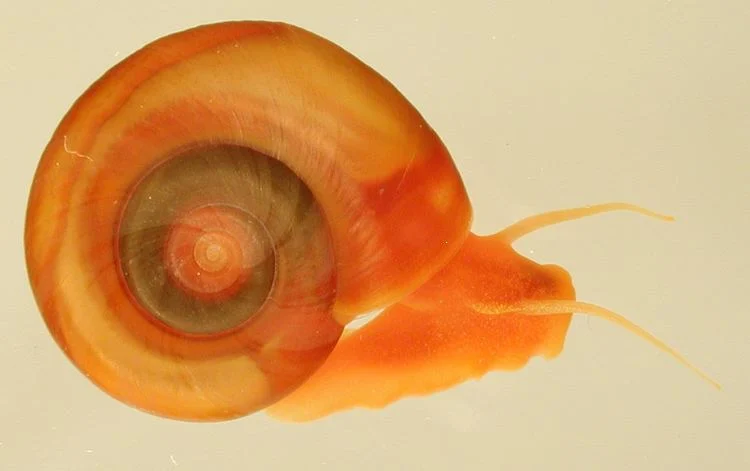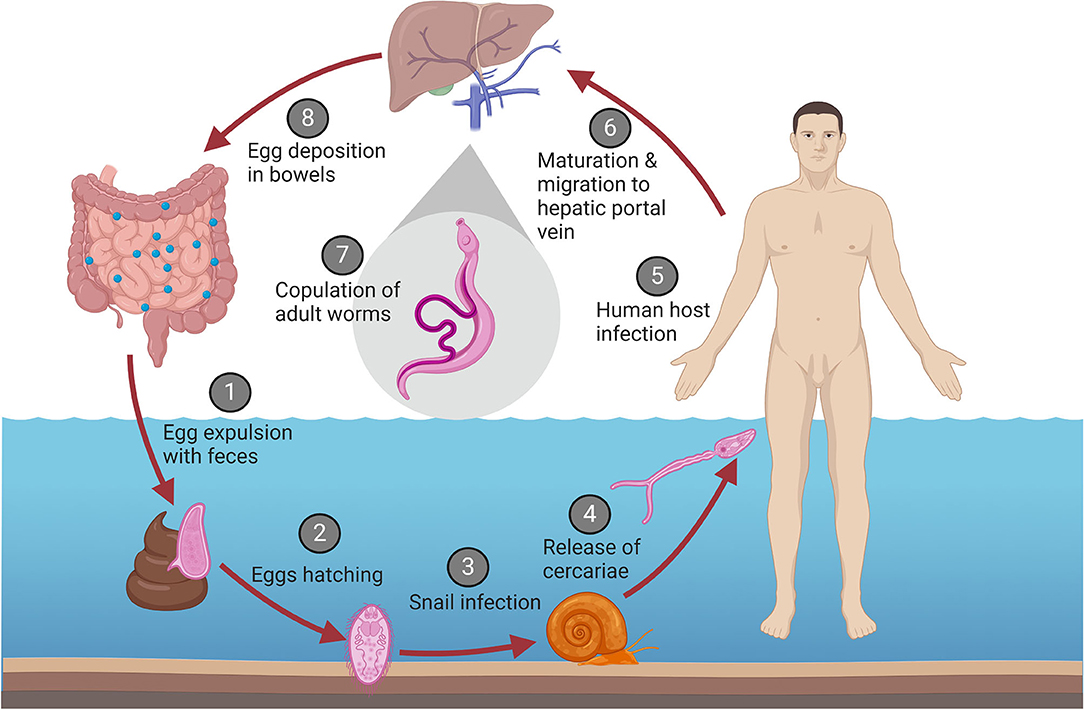Browsing by Subject "Biomphalaria"
Now showing items 1-4 of 4
-
Evolutionary Relationships and Biogeography of Biomphalaria (Gastropoda: Planorbidae) with Implications Regarding Its Role as Host of the Human Bloodfluke, Schistosoma mansoni
(Society for Molecular Biology and Evolution, 2001)The wide geographic distribution of Schistosoma mansoni, a digenetic trematode and parasite of humans, is determined by the occurrence of its intermediate hosts, freshwater snails of the genus Biomphalaria (Preston 1910). ... -
THE GROWTH, REPRODUCTION AND SURVIVAL OF BIOMPHALARIA SPECIES IN THE FIELD AND LABORATORY CONDITIONS AT LAKE ALBERT IN WESTERN UGANDA
(Francis Kazibwe andEdward Ssemakula, 2016-05)Bilharzia or Schistosomiasis is a parasitic infection of man and is caused by blood flukes of the genus Schistosoma. The parasite is transmitted through specific aquatic intermediate hosts in various freshwater habitats. ... -
The Growth,Reproduction and Survival of Biomphalaria Species in the Field and Laboratory Conditions at Lake Albert in Western Uganda
(International Journal of Development Research, 2016-05)Bilharzia or Schistosomiasis is a parasitic infection of man and is caused by blood flukes of the genus Schistosoma. The parasite is transmitted through specific aquatic intermediate hosts in arious freshwater habitats. ... -
Origin and diversification of the human parasite Schistosoma mansoni
(Blackwell Publishing Ltd, 2005)Schistosoma mansoni is the most widespread of the human-infecting schistosomes, present in 54 countries, predominantly in Africa, but also in Madagascar, the Arabian Peninsula, and the Neotropics. Adult-stage parasites ...


